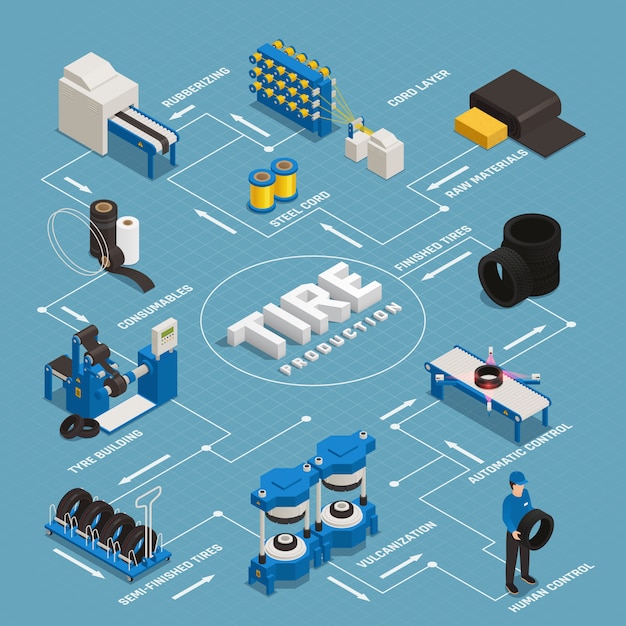Mastering Motor Control: Achieving the Impossible

Rick Fennelly from Allegro Microsystems talks about the rise of electric motor systems and what system developers have to deal with.
Governments, including those in the European Union and the USA, are setting strict fuel economy standards for combustion engines to cut down emissions. These standards mean that design teams need to come up with innovative technologies to increase efficiency, which could prolong development times.
One key focus is developing strategies to lighten the load on vehicle engines. Only about 15% of the energy from fuel actually moves a vehicle, with the rest being lost to engine and driveline inefficiencies. By reducing this load, engines can run more efficiently and consume less fuel.
The main challenge is to maintain or improve performance without compromising the driving experience. This pushes up the demand for car electrification, where electric motors replace traditional belt-driven systems. According to IHS Technology, the global market for electric motors in automobiles is growing at a 4.7% annual rate. Specifically, brushless DC motors (BLDCs) are expected to see twice the growth rate of other motor types, with a 6.3% annual increase from 2014 to 2019.
These changes bring new challenges for manufacturers. Innovating with electric systems means more staff and longer development times are needed. Designers are trying to reduce development cycles without sacrificing high performance. As a result, BLDC motor control is gaining more market share.
Take, for example, the transition of traditional belt-driven water pumps to electric motors. This is necessary for start-stop systems that boost efficiency and cut emissions. To keep engine coolant flowing, an electric motor takes over the pump’s role. Other systems affected by start-stop technology include hydraulic and oil pumps, which also switch to BLDC motors.
New motor driver integrated circuits (ICs) are making it easier for engineers by incorporating complex commutation algorithms. These proven algorithms, whether trapezoidal or sinusoidal, handle both sensor and sensorless BLDC motors, helping engineers meet tight deadlines without writing extensive software.
Many advanced motor drivers now integrate the commutation algorithm within the IC. User-friendly software allows engineers to input parameters through USB, storing them in the chip’s memory to be used by the on-chip algorithm. This means engineers can design and validate motor systems without software coding skills, cutting down on development time. These innovations also reduce the microcontroller’s workload, allowing for the use of cheaper, less powerful devices. In some cases, the microcontroller can be eliminated, saving even more costs.
Available devices include on-chip sensorless trapezoidal commutation and high-power gate drive to support the external inverter bridge. By integrating functions typically handled by a microprocessor, these devices can operate independently, managing closed-loop speed or torque control.
Comprehensive diagnostics feed information back to the ECU, detailing synchronization, overvoltage, undervoltage, or shorted MOSFET conditions. Fault diagnostics can be sent over a PWM input using single-wire operation.
The algorithms offer a wide range of programming parameters, making life easier for engineers.
Overall, the push toward electric motor systems in vehicles is growing, driven by the need for better fuel efficiency and lower emissions. However, it comes with its set of challenges for system developers, requiring innovation and adaptation to new technologies.